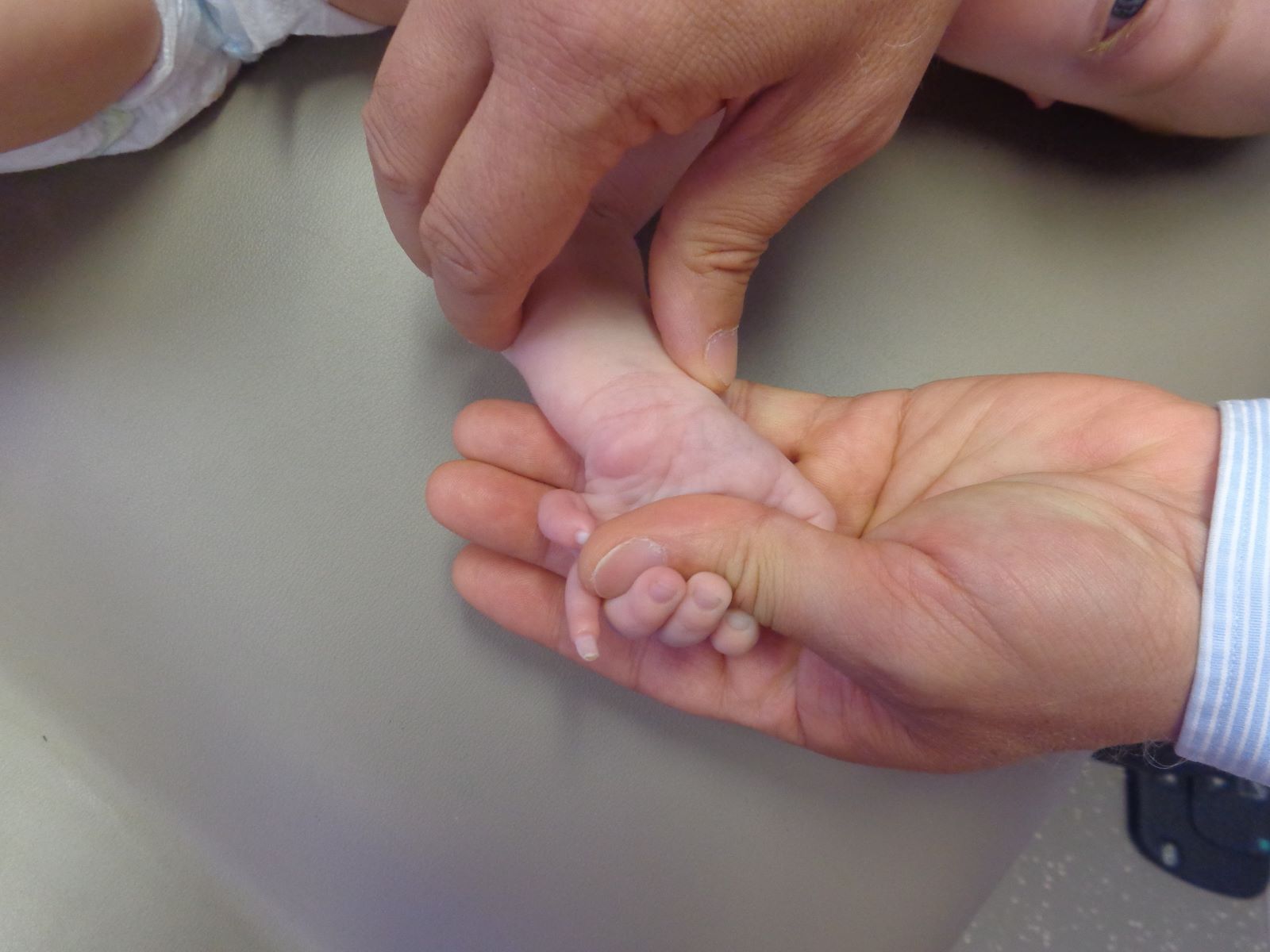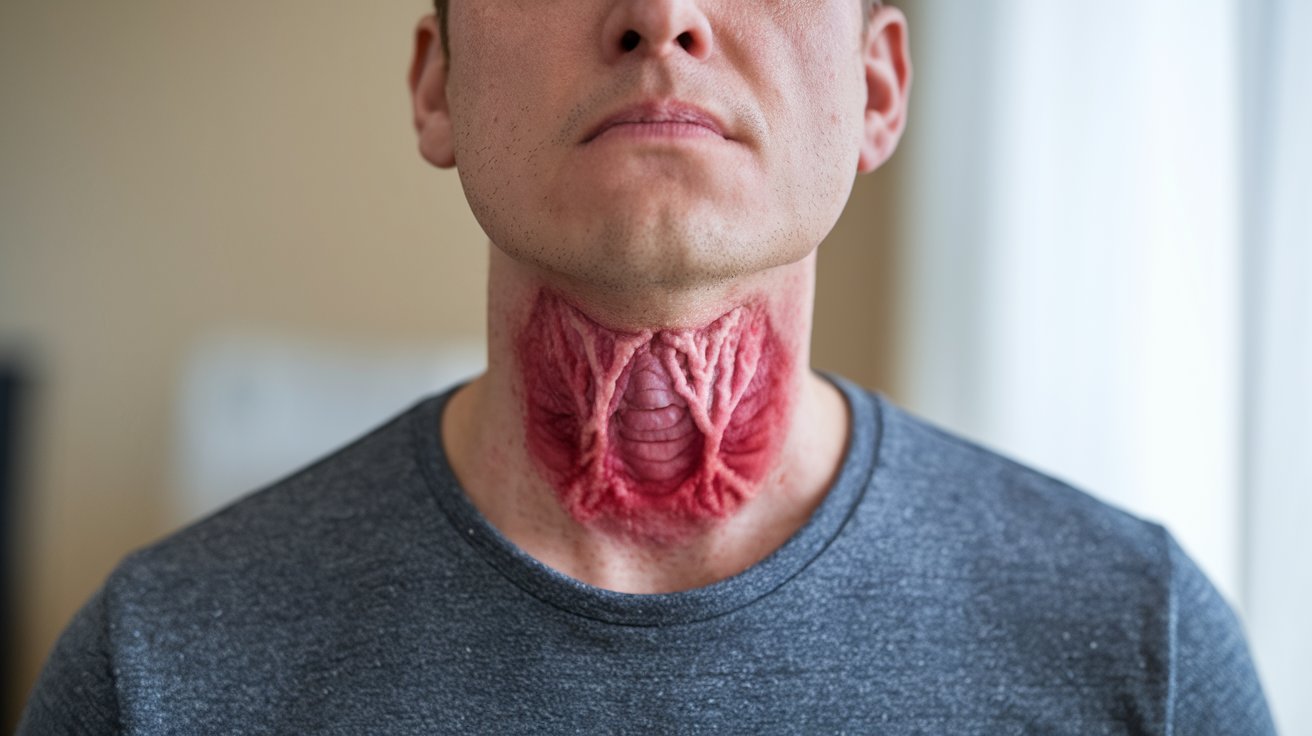
Limb–Mammary Syndrome (LMS) is a rare genetic disorder that affects the development of limbs and mammary glands. Caused by mutations in the TP63 gene, this syndrome can lead to a variety of physical anomalies. Individuals with LMS may experience limb malformations such as missing fingers or toes, underdeveloped limbs, or even limb absence. Additionally, mammary gland development can be impaired, leading to underdeveloped or absent breasts. Other symptoms might include cleft palate, dental issues, and skin abnormalities. Understanding LMS is crucial for early diagnosis and management, helping those affected lead healthier lives. Let's dive into 25 intriguing facts about this unique condition.
What is Limb–Mammary Syndrome?
Limb–Mammary Syndrome (LMS) is a rare genetic disorder that affects the development of limbs and mammary glands. It is caused by mutations in the TP63 gene. Here are some fascinating facts about this condition.
-
LMS is a Genetic Disorder
LMS is inherited in an autosomal dominant pattern, meaning one copy of the altered gene in each cell is enough to cause the disorder. -
TP63 Gene Mutation
Mutations in the TP63 gene are responsible for LMS. This gene plays a crucial role in the development of limbs, skin, and other tissues. -
Affects Both Genders
LMS can affect both males and females equally. There is no gender predisposition for this syndrome. -
Limb Abnormalities
Individuals with LMS often have limb abnormalities, such as missing fingers or toes, or underdeveloped limbs. -
Mammary Gland Development
The syndrome also impacts the development of mammary glands, leading to underdeveloped or absent breasts.
Symptoms and Diagnosis
Understanding the symptoms and how LMS is diagnosed can help in managing the condition effectively.
-
Distinct Facial Features
People with LMS may have distinct facial features, including a cleft lip or palate. -
Nail Abnormalities
Nail abnormalities, such as missing or underdeveloped nails, are common in individuals with LMS. -
Dental Issues
Dental anomalies, including missing teeth or abnormal tooth shape, can occur. -
Skin Conditions
Skin issues like eczema or other dermatological conditions are often observed. -
Early Diagnosis
LMS can be diagnosed early through genetic testing and observation of physical symptoms.
Treatment and Management
While there is no cure for LMS, various treatments and management strategies can improve quality of life.
-
Surgical Interventions
Surgery can help correct some limb abnormalities and improve functionality. -
Prosthetics
Prosthetic limbs can be used to enhance mobility and daily functioning. -
Hormone Therapy
Hormone therapy may be considered to address underdeveloped mammary glands. -
Dental Care
Regular dental check-ups and treatments are essential for managing dental issues. -
Skin Treatments
Dermatological treatments can help manage skin conditions associated with LMS.
Living with Limb–Mammary Syndrome
Living with LMS involves adapting to various challenges and finding ways to lead a fulfilling life.
-
Support Groups
Joining support groups can provide emotional support and practical advice. -
Physical Therapy
Physical therapy can improve mobility and strength in affected limbs. -
Occupational Therapy
Occupational therapy helps individuals develop skills needed for daily activities. -
Psychological Support
Counseling and psychological support can help cope with the emotional aspects of LMS. -
Educational Support
Special educational support may be needed to address learning difficulties.
Research and Future Directions
Ongoing research aims to better understand LMS and develop new treatments.
-
Gene Therapy
Researchers are exploring gene therapy as a potential treatment for LMS. -
Stem Cell Research
Stem cell research holds promise for regenerating damaged tissues. -
Clinical Trials
Clinical trials are being conducted to test new treatments and interventions. -
Patient Registries
Patient registries help researchers collect data and track the progress of individuals with LMS. -
Awareness Campaigns
Awareness campaigns aim to educate the public and healthcare professionals about LMS.
Understanding Limb–Mammary Syndrome
Limb–Mammary Syndrome (LMS) is a rare genetic disorder that affects limb development and mammary glands. Caused by mutations in the TP63 gene, LMS can lead to limb abnormalities like missing fingers or toes, and underdeveloped or absent mammary glands. Early diagnosis is crucial for managing symptoms and improving quality of life. Genetic testing can confirm LMS, helping families understand the condition and plan for the future. Treatment focuses on addressing specific symptoms, such as surgical interventions for limb abnormalities and hormone therapy for breast development issues. Support from healthcare professionals, genetic counselors, and patient communities can make a significant difference. Awareness and research are vital for better understanding and managing LMS. By staying informed and seeking appropriate care, individuals with LMS can lead fulfilling lives despite the challenges posed by this condition.
Was this page helpful?
Our commitment to delivering trustworthy and engaging content is at the heart of what we do. Each fact on our site is contributed by real users like you, bringing a wealth of diverse insights and information. To ensure the highest standards of accuracy and reliability, our dedicated editors meticulously review each submission. This process guarantees that the facts we share are not only fascinating but also credible. Trust in our commitment to quality and authenticity as you explore and learn with us.


